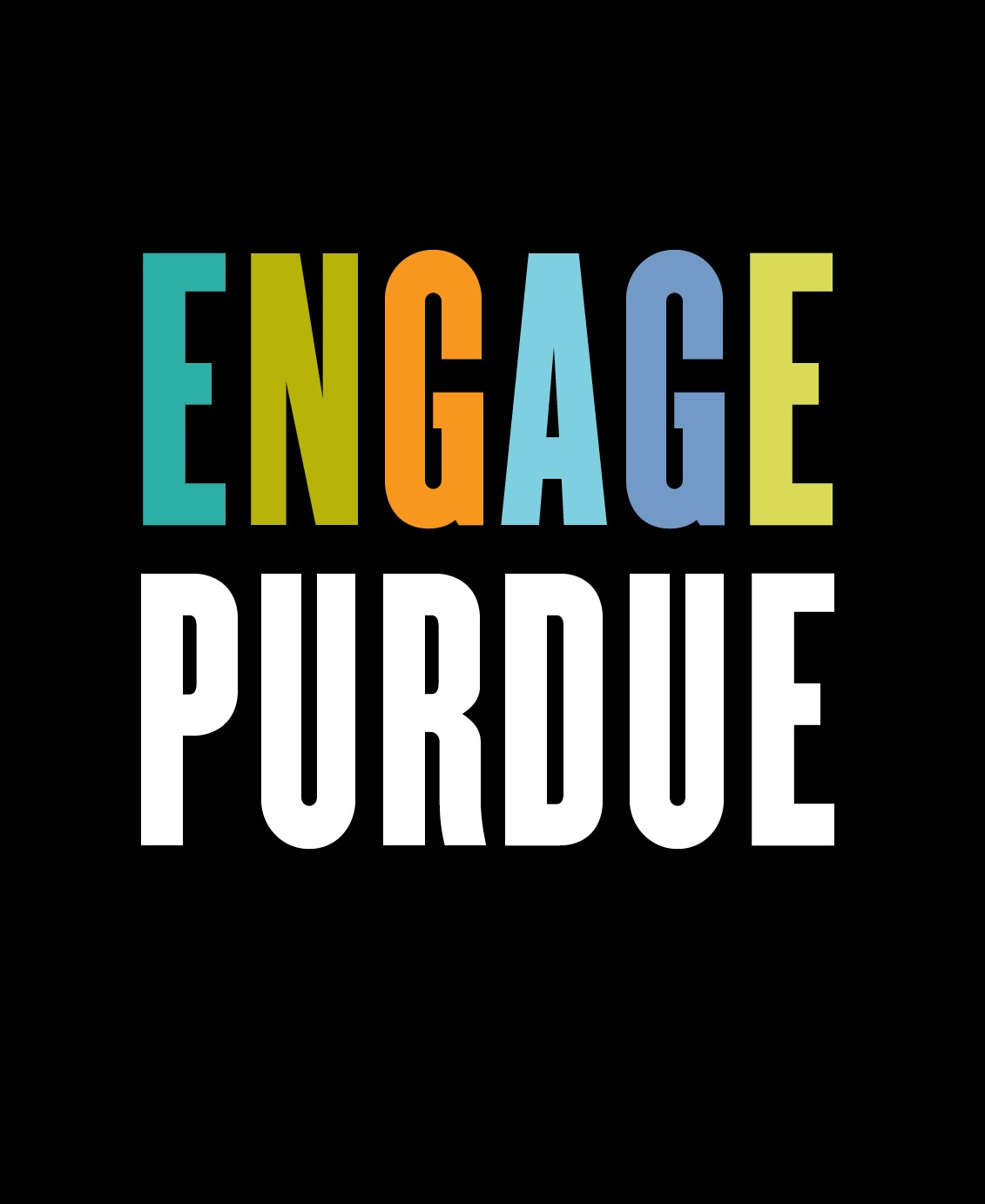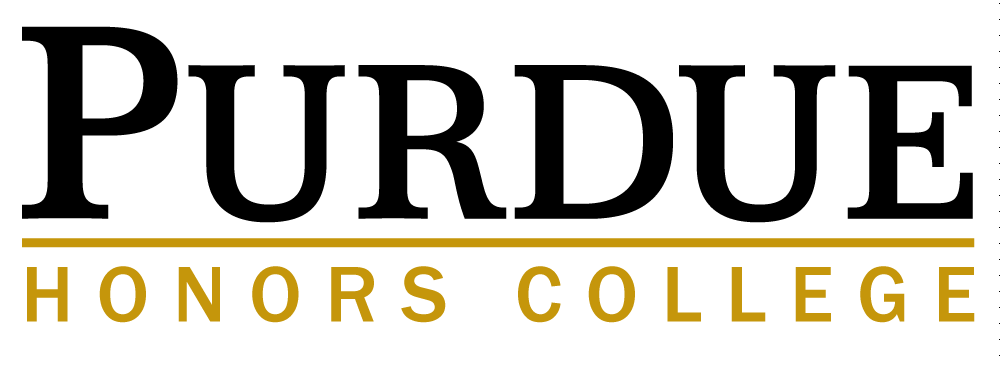Description
The purpose of the project was to understand the landscape of epidemic preparedness in our community, to bring relevant stakeholders to co-design effective channels to manage trust, fear, and accurate communication during epidemics in the age of digital communication and share local and promote inter-agency collaboration at local and national levels.
This qualitative and explorative project was part of a year-long Emerging Leaders in Science & Society Fellowship, sponsored by the American Association of Advancement of Science. Through a SWOT analysis by engaging with a variety of local experts from Purdue University, Greater Lafayette and surrounding counties, the theme of ‘communication and epidemics’ emerged, leading to a local community stakeholder forum. This forum used the World Cafe Method to allow participants to engage. Mind maps were then created using flipchart notes. Data on the impact of the forum was also collected and analyzed.
The forum identified how different populations in our community receive public health information. It also highlighted both current best practices used and challenges faced by different stakeholders in our community while communicating epidemic preparedness communication. Lastly, recommendations were co-created by forum participants to address several identified challenges.
Landscape of Local Epidemic Preparedness: Communication & Social Media
The purpose of the project was to understand the landscape of epidemic preparedness in our community, to bring relevant stakeholders to co-design effective channels to manage trust, fear, and accurate communication during epidemics in the age of digital communication and share local and promote inter-agency collaboration at local and national levels.
This qualitative and explorative project was part of a year-long Emerging Leaders in Science & Society Fellowship, sponsored by the American Association of Advancement of Science. Through a SWOT analysis by engaging with a variety of local experts from Purdue University, Greater Lafayette and surrounding counties, the theme of ‘communication and epidemics’ emerged, leading to a local community stakeholder forum. This forum used the World Cafe Method to allow participants to engage. Mind maps were then created using flipchart notes. Data on the impact of the forum was also collected and analyzed.
The forum identified how different populations in our community receive public health information. It also highlighted both current best practices used and challenges faced by different stakeholders in our community while communicating epidemic preparedness communication. Lastly, recommendations were co-created by forum participants to address several identified challenges.



